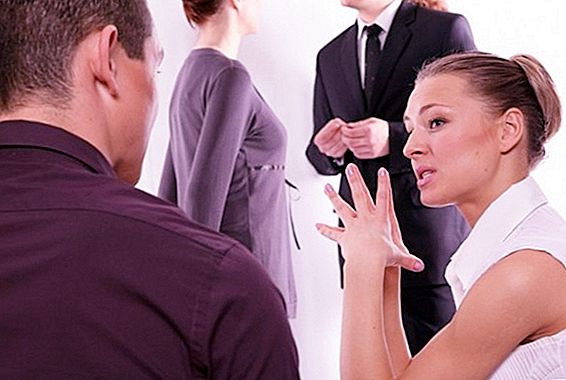Gestures are much more difficult to control than intonation. That is why even a person who confidently pronounces a pre-prepared lie can easily give out involuntary movements.

Instruction manual
one
See if your interlocutor puts a hand on his mouth. This is a childish gesture that adults cannot get rid of. To tell a lie, a child often automatically brings his hand to his mouth, as if trying to close it. Adults can slightly change this gesture: involuntarily raising a hand to their lips, they catch themselves and begin to stroke the chin, touch the nose, cheeks, hair, etc. Please note: this is a light touch, not scratching.
2
Observe how the facial expression of a person changes. If his lie is very serious, and he is afraid of exposure, his forehead may even become sweaty. Often, a facial expression that clearly gives off excitement or fear is combined with an unusual gesture - pulling off the collar or scratching the neck. But keep in mind that a person can also pull off the collar when he is very upset, angry or just not feeling well and begins to notice that he does not have enough air.
3
Pay attention to the look of the interlocutor. If a person simply looks away, this does not mean that he is lying, especially if you asked a question that can be answered only by recalling some fact. However, a person who is telling a lie does not just look away. He may begin to rub his lower or upper eyelid, touch his eyelashes, as if trying to close his eyes. Women who have done makeup involuntarily change this gesture so as not to erase the shadows, eyeliner or mascara: they begin to stroke the upper part of the cheek, lightly touch the skin under the eyebrows, etc.
4
Try to determine how appropriate and timely human gestures are. If his movements are somewhat slowed down, most likely he is lying. At such moments, a person consciously tries to repeat ordinary, easily readable movements, but does it at the wrong time, since he does not act spontaneously. For example, when people get angry, sometimes they clap on the table, moreover, at first they perform a gesture, and then they start to speak, or they do both almost simultaneously. A liar trying to play the part of an angry man with suspicions will begin to speak first and only then clap his hand.
